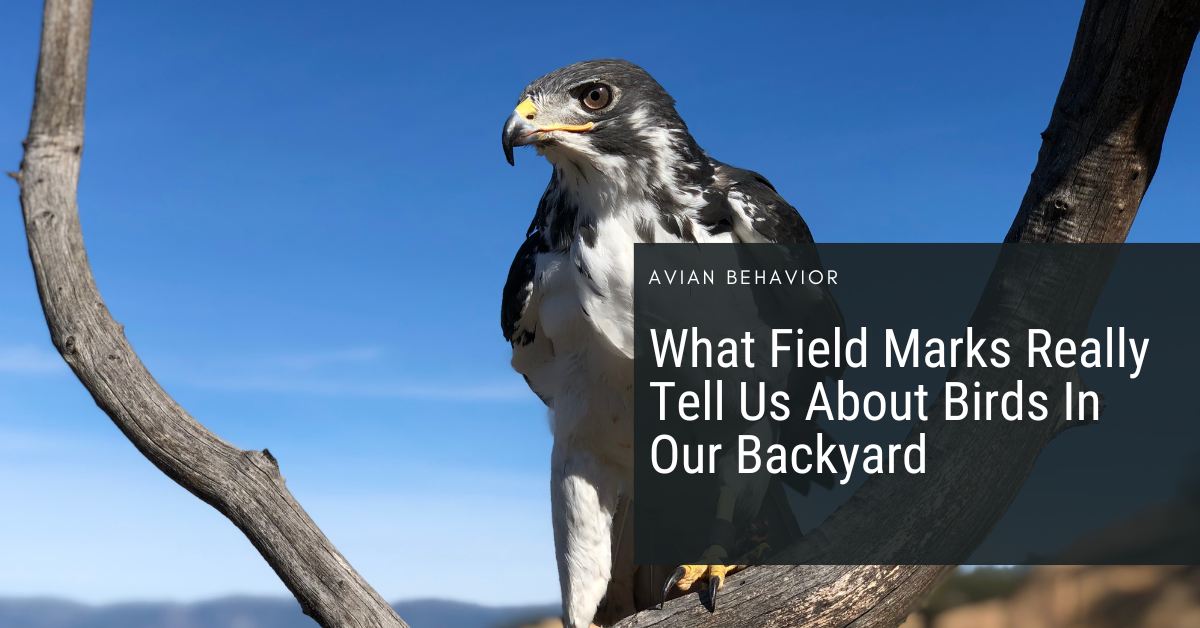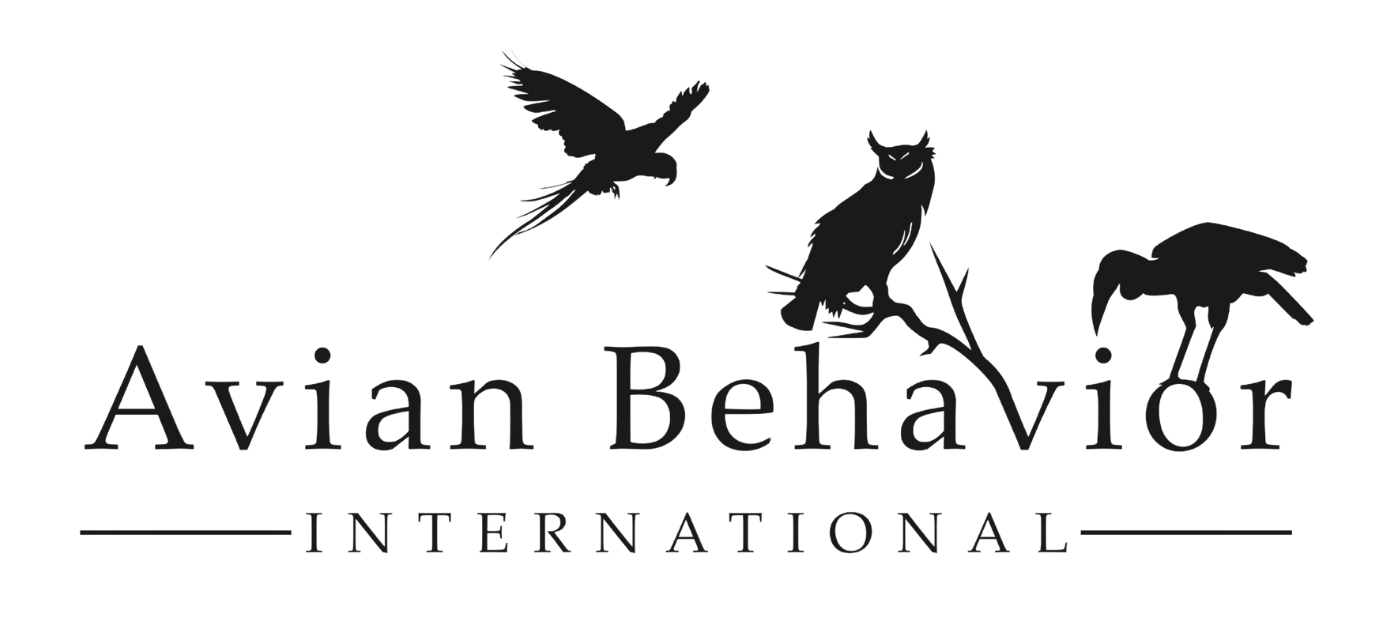
23 Jul What Field Marks Really Tell Us About Birds In Our Backyard
People often ask us how to tell one hawk from another—especially when it’s just a dark silhouette against the sky.
Field marks can help. They’re a useful entry point. But they’re not the whole story.
At Avian Behavior Conservancy, we think birding isn’t just about identification—it’s about observation. It’s about noticing patterns, posture, rhythm, and movement. When you start watching birds that way, you don’t just name them. You start to understand them.
What Are Field Marks, Really?
Field marks are visual features that can help narrow down a bird’s identity—things like wing shape, tail length, belly bands, or bibs. They’re helpful tools, especially for newer birders. But they’re also just one part of a much bigger picture.
If you focus only on a red tail or a chest marking, you might miss the more telling signs—how a bird flies, where it flies, and what its body language is saying in motion.
Want to Practice? Let’s Look at a Few Local Raptors
You don’t have to be a professional to start noticing the differences. Here are a few species we work with—or see regularly—that can help sharpen your eye.
Gaucho, the Swainson’s Hawk
Gaucho is a long-distance migrator with a streamlined build. He’s got a bibbed chest, pale belly, and a dark trailing edge on the wings in flight. He uses thermals efficiently and often appears lighter and more buoyant than a red-tail.
Once you learn what to look for, you start recognizing Swainson’s hawks across the landscape—even when you’re not quite close enough to see all the details.

Red-Tailed Hawks
One of the most common hawks in North America—but surprisingly tricky to ID. Juveniles don’t always have the famous red tail, and from below, their most consistent mark is a dark bar across the leading edge of the wing (called a patagial mark).
They tend to be broad-winged and stocky, with strong, steady flight—more power, less glide.

Turkey Vultures
Often mistaken for hawks at a distance, turkey vultures have a very different flight style. They fly with their wings in a “V” and wobble slightly as they soar. If you’ve ever seen a bird gliding effortlessly, drifting and tilting back and forth, chances are it was a vulture riding thermals.
Want to Build Your Observation Skills?
You don’t need fancy gear or a birding degree to start noticing more. You just need a little time, a bit of patience, and a few good questions:
What is that bird doing? How is it flying? What kind of space is it using?
The more you ask, the more you’ll start to see.
We even put together a free Bird ID guide to help you get started with a few of the common species around Southern California. Download the guide here
Come See These Birds in Action
Want to go beyond the field guide? Join us at one of our upcoming bird experiences, where you can see species like Gaucho in flight and build your own observation skills alongside people who work with these birds every day.
It’s one thing to see a red-tail in a photo. It’s another to stand on a hillside and watch it ride the thermals right above your head.

